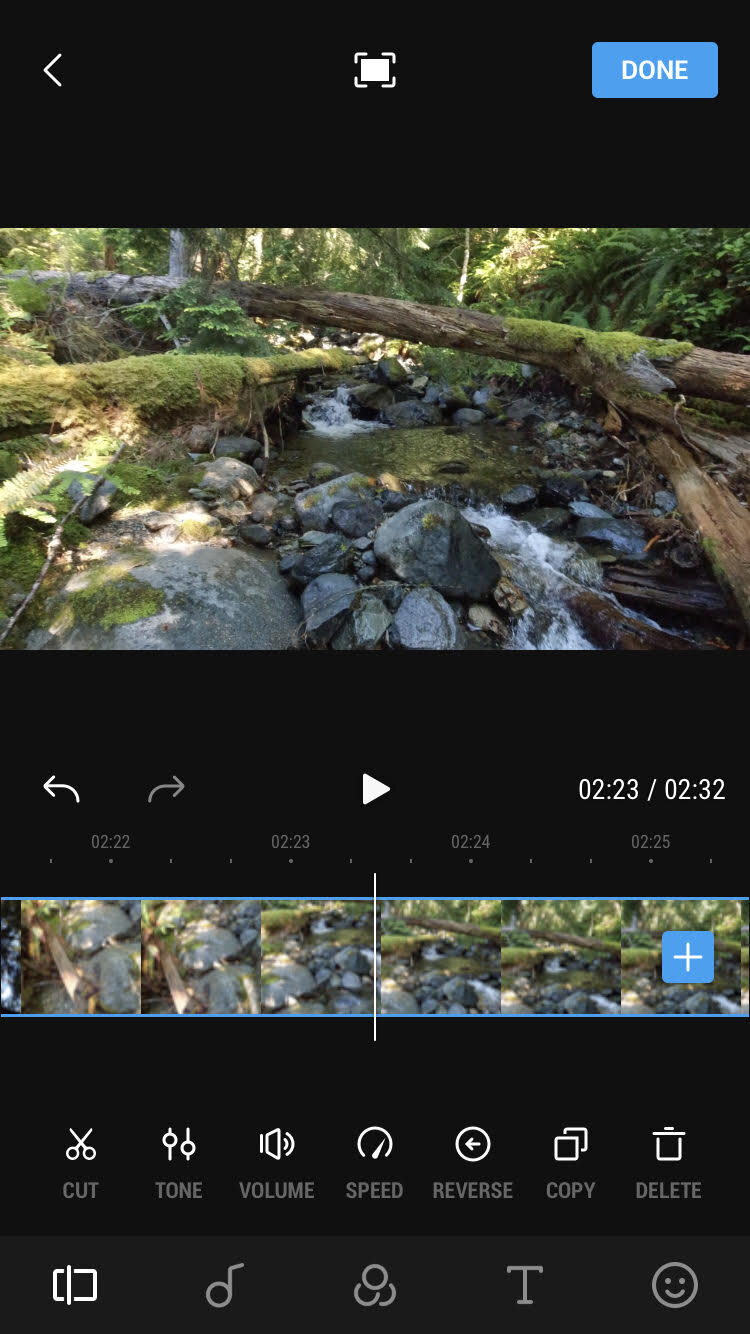DJI is known for their drones but with all those drones comes impressive camera hardware. They own 70 percent of the drone market but have branched out into other markets like a programmable battle robot, the tiny Osmo Pocket and now the Osmo Action Camera.
The Osmo Action Camera is a GoPro-sized action camera a solid feature set. With their experience with stabilization, camera and lens hardware and tiny form factors, DJI has put together an impressive display on their first crack at an action camera. GoPro had better take notice because they have hungry competition hot on their heels.
This is great for us customers because with no real competition in the last couple years, GoPro has got complacent, making small tweaks to a solid platform. With DJI poised to swipe the action cam crown, they need to put it all on the table for the GoPro 9.
Let’s have a look at the Osmo Action.

DJI Osmo Action Specs
-
Video
-
4K 60 fps
-
2.7k (16:9) 60 fps
-
1080p 240 fps
-
-
Still photos at 4000×3000 pixels max
-
Time lapse
-
Mov, Mp4 (H.264) formats
-
2.25 inch back screen
-
1.4 inch front screen
-
124 grams
-
RockSteady image stabilization

Back screen on the Osmo Action
Dual Screen
The Osmo Action has 2 screens like many other action cameras do but this is a full color display that is plenty to see yourself from the front. It’s only 1.4 inches diagonal but all you need when you’re ripping down the while is if you’re centered in your shot. Tapping the rear screen with 2 fingers or holding the Quick Switch button for 2 seconds switches screens. The same actions switches back.
The lens on the action cameras are so wide that it may not be hard to stay in from but it’s still nice to know where you are and if your head is cut off.
RockSteady Stabilization
The RockSteady stabilization is impressive and does a very good job stabilizing bumpy footage. It does come at the cost of a crop which is just a fact of life with any electronic stabilization. To make it look stable it has to cut off the edges.
The crop is slightly more than GoPro and their HyperSmooth 2.0 stabilization but GoPro has had a couple iterations to improve. DJI is good at getting better with every version so I’m sure each firmware and each new version of the camera is just going to get better and better.
The first version of the camera firmware had a considerable playback lag when RockSteady was on. It would record, apply RockSteady and then play it back seconds later.
Mimo App

DJI Mimo app for controlling the Osmo Action and editing clips.
DJI has a bunch of apps you can use to capture and edit your videos. Most are designed for use with one of their products. For the Osmo Action, Osmo Pocket and Osmo Mobile 3, the Mimo (My Moment) app is used for controlling the camera, reviewing media and editing video.
It feels simple but it’s got a ton of features. Controlling the camera is easy. You can quickly view all clips on your phone or switch to just clips downloaded from the Osmo Action. The video editing interface (shown in the screenshot) which can be a cluttered mess in other apps, is straightforward and simple. I easily edited a short video with clips right after downloading the app for the first time.
If you edit clips on your phone a lot this Mimo app is a good one to get.
Is it a GoPro Killer?
The Osmo Action is an amazing first action camera and I’m excited to see what DJI has in store for a next iteration. They know how to improve their products quickly and have completely taken over the drone market.
This first version is a solid action camera. With the firmware update fixing the playback lag it’s become one of the best action cameras you can get. The front screen and removeable lens covers give it a leg up on the competition already. And it’s just going to get better.



